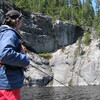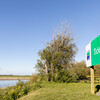
Saint Firmin Monestime: From Haiti to Mattawa

August 1951. Two doctors, Gaston Lamontagne and Saint Firmin Monestime, are on their way to Timmins, in Northern Ontario, where they hope to find work. After driving for a few hours, they decide to stop for a bite. They leave Highway 17 for Mattawa's Main Street. In front of the brand new Champlain Theater, the Chez François snack bar awaits them.
When they enter, the manager stares at the Haitian doctor—who fears he will be kicked out. But the discomfort is short-lived. Armand Tremblay, the manager, had recognized him. In front of him stands the doctor who operated on him a few months earlier, in Ottawa.
A bon vivant, Firmin Monestime decides to stay for the day to chat and celebrate. The people of Mattawa convince him to replace a recently deceased community doctor, at least for a while. Dr. Monestime agrees to help out while the town tries to find a permanent doctor.
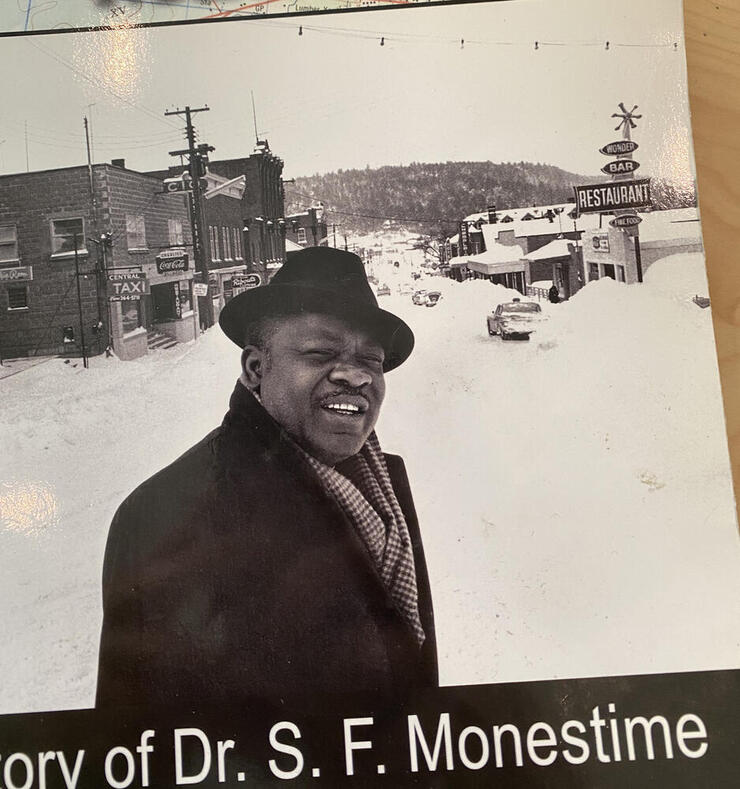
Doug Mackey begins his biography of Monestime (Where Rivers Meet, Past Forward, 2008), with this anecdote, which fairly represents the man who became the first black mayor elected in Canada. His characteristic and contagious laugh, his joie de vivre, his confidence, his storytelling talent, his great sense of justice, and his always neat appearance left an indelible mark on the town at the confluence of the Mattawa and Ottawa rivers.
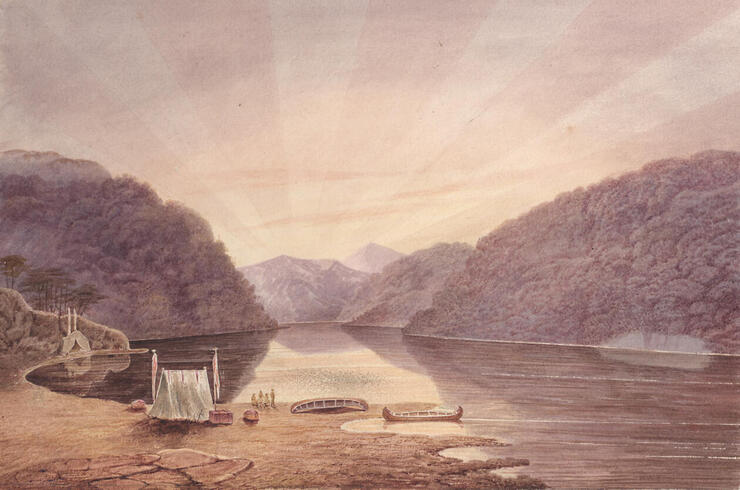
From Haiti to Canada
Saint Firmin Monestime was born in December 1909 in Cap-Haitien, Haiti's second-largest city, located 200 km north of Port-au-Prince on the Atlantic coast.
Intelligent, hardworking, ambitious, he was the only boy in a family with seven children. He studied at the School of Medicine of the State University of Haiti (alongside François Duvalier). He would become a State doctor, working everywhere on the island of Hispaniola (that is, both Haiti and the Dominican Republic).
In October 1937, he helplessly witnessed the Parsley Massacre. More than 20,000 Haitians (or 10,000, or 35,000, it depends on the source) who worked on plantations in the Dominican Republic were injured or murdered by the Dominican military. As the doctor on duty at the time, it was a colossal and dismal job to treat his surviving compatriots.
After the ordeal, Dr. Monestime moved to Port-au-Prince, where he became a Ministry of Rural Medicine director. In lectures that resulted in four books, he described the deplorable conditions in which rural Haitians were forced to live. He ended up fleeing the country (and the regime) for Canada.
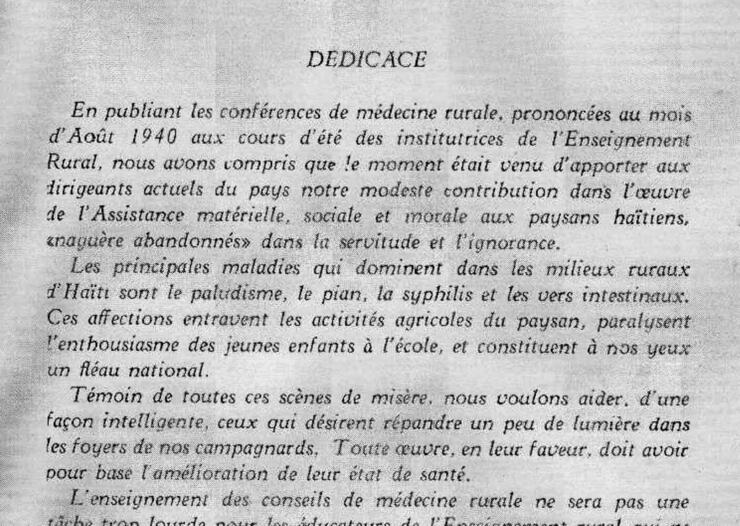
In 1945, he settled in Quebec with a small Haitian professional group. But to practice medicine in Canada, Saint Firmin Monestime had to return to school.
In 1950, he refused to return to Haiti, where lived his two children, Daniel, now in Canada, and Marie-Eddie, now in the United States. Instead, he became one of the first Haitian physicians active in Canada and settled in Ottawa.
Mattawa: "The wind brought me here."
When he leaves for the north, the cheerful man has just met a young refugee of Russian origin—Zinaida Petschersky, who arrived in Canada in 1949 with her mother, Valentina. By choosing to settle in Mattawa over Timmins, he would be much closer to his loved one, in Ottawa.
The doctor likes Mattawa, a beautiful village of 3,000 inhabitants. "Look at the scenery. It's like always being on vacation," he would say. This is how he explains his choice to open an office and practice in the hospital.
Firmin and Zina get married and settle down in the village on the banks of the Ottawa River. The family grew in 1953 with Valentina's birth (Vala), followed by Feodor, Yura, and Sasha. The children speak Russian at home and attend a French school.
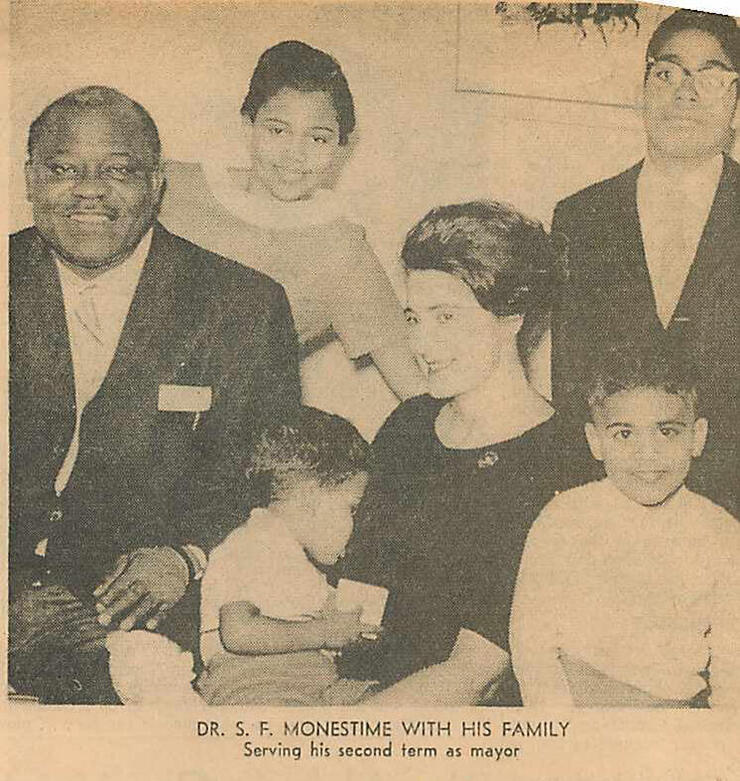
Canada's first elected Black mayor
Saint Firmin Monestime became a Canadian citizen in North Bay in 1957. During the ceremony, he tells the judge that he does not want to be a second-class citizen. It's on this basis, and while John Diefenbaker was working on the Canadian Bill of Rights, that the doctor embarked on a simultaneous career: politics.
Motivated by his desire to ensure the rights of the most vulnerable and his willingness to help make his town shine, he ran for municipal council in 1962. After a year as a councillor, he became the first black mayor elected in Canada, possibly in North America, in 1963. (According to Wikipedia, a few Black mayors were elected in the United States before 1890; then a new Black mayor, George Carroll, was elected in 1964 in Richmond, California.)

Among his plans for the city was the opening of a library-museum (which was not realized), road repairs, and social housing. His most cherished project was to open a long-term care center.
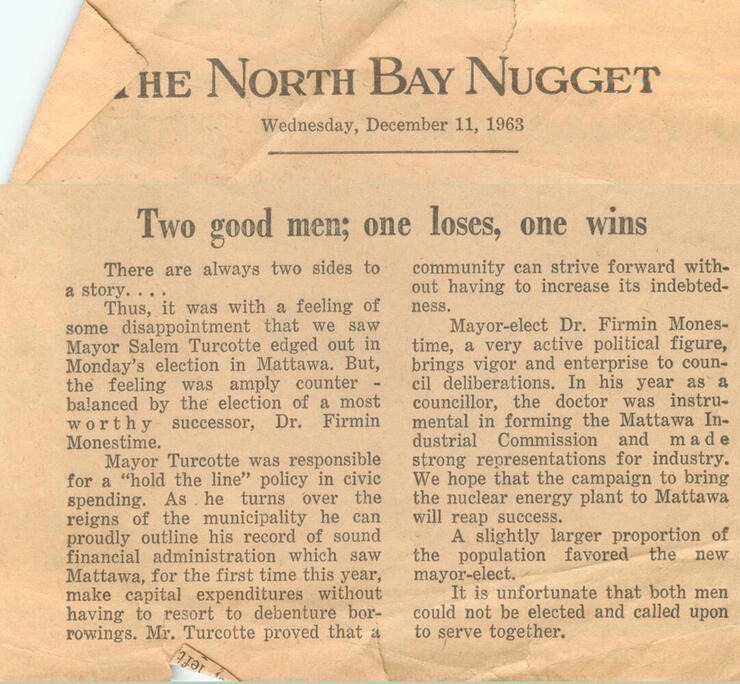
Firmin Monestime was re-elected year after year. A bout with prostate cancer forced a hiatus in 1966-67, after which he considered running for MP under the Conservative banner. Ultimately, he preferred a return to local politics and served as city councillor again in 1968-1969, before returning to the mayor's seat from 1970 to 1977.
Racism in the 1960s
Did Dr. Monestime experience racism? Yes. In Mattawa, a few people reportedly refused to be treated by him because of his skin colour. "Not the smartest," he commented. In an article published by the North Bay Nugget in 1964-1965, Monestime notes that outfitters are not inclined to welcome Black people, reportedly in order to please a largely American clientele.
The 1969 elections were particularly intense. During the campaign, graffiti appeared around town reading, "Do not vote Black." He said he'd never experienced anything like it in Mattawa. The tensions surrounding civil rights are then (and still) very high. In 1946, salon owner Viola Desmond was arrested for sitting in a whites-only section of a Nova Scotia theatre. 1955, Rosa Parks was arrested for refusing to give up her bus seat to a white man in Alabama. Martin Luther King gave his famous "I Have a Dream'' speech in August 1963 and was assassinated on April 4, 1968.
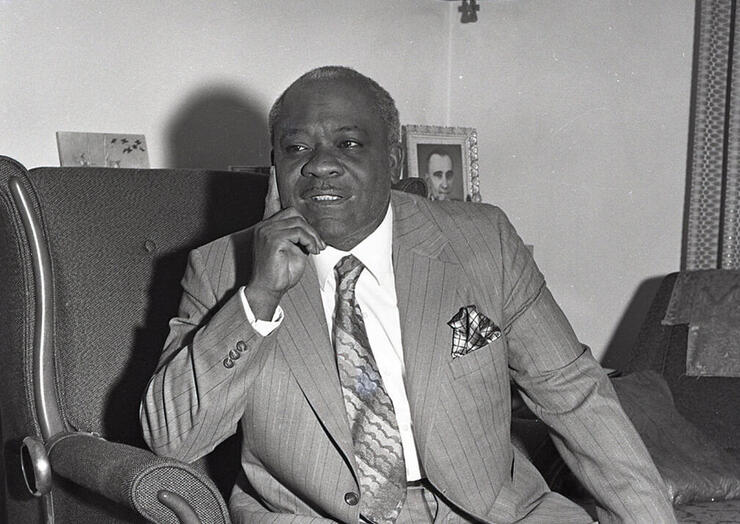
He was a bon vivant, a game lover (he lost a Cadillac in a game of cards), quite a storyteller (except for jokes, according to his daughter Vala). Photo: Fluvian Studio, date unknown, courtesy West Nipissing Public Library
The Monestime Way
Pancreatic cancer got the better of Saint Firmin Monestime on October 27, 1977, at the Mattawa Hospital where he had worked for 25 years. On the Thursday of the funeral, all schools and businesses in Mattawa closed their doors in memory of Mr. Mayor.
During his lifetime, he had received multiple commendations. In 1974, the provincial government gave his name to a Northern Ontario Township. Monestime Township, on the eastern edge of Algoma District, north of Manitoulin Island, encompasses Russian Lake and Lac aux Sables, which flows into the River aux Sables, Spanish River, and Lake Huron.
Today, the main street of Mattawa bears the informal name of "Monestime Way." The University of Ottawa created the Firmin Monestime Scholarship in 2015.
Most importantly, the Algonquin Nursing Home, opened in October 1976 through the hard work of Dr. Monestime, still stands. As early as 1964, he worked tirelessly to ensure that his community's elders could get continuing care in their hometown. The million-dollar project became a reality a few months before the death of the mayor-doctor. Today, the Algonquin is located next to the hospital, rebuilt in 2019. The Monestime family donated part of the land where the first Algonquin was situated to construct 12 social housing units.
Vala Monestime ran the Algonquin until 2013. She still cares about the memory of her father. Still a resident of Mattawa, she manages the Dr. Saint Firmin Monestime Facebook page.
"The wind brought me here," her father had said. And his memory is here to stay.
Learn more about Saint Firmin Monestime
Part of the Mattawa Museum’s permanent exhibition focuses on Firmin Monestime. Visitors can view photos, newspaper clippings, as well as personal objects.
In 2008, author Doug Mackey published a biography of Saint Firmin Monestime titled Where Rivers Meet. It is available for purchase at the Mattawa Museum’s online store.
Recommended Articles

Ontario's Secret Lagoon

Complete Guide to Moosonee & Moose Factory Island

Northern Lights in Northeastern Ontario
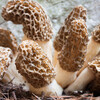
A Guide to Mushroom Hunting

The Northern Lights Trip Planner

Lake Nipissing Fishing Hot Spots

Fish for one of the World's Rarest Species of Trout
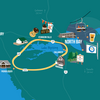
The Lake Nipissing Loop
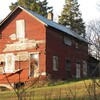
Spectres of the Past: A Ghost Town Field Trip
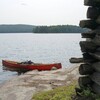
Canoeing Killarney’s Northern Access
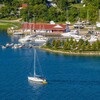
An Insider's Guide to Manitoulin Island

Devil's Rock in Temiskaming Shores

Explore the Northeastern Towns of Ontario

The Vanishing Waterfall
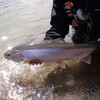
How to Properly Hold and Handle Fish

The rare and beautiful White Moose
Largemouth & Smallmouth: Summer Bass Fishing Technique
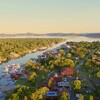
This is the Must-Do Road Trip of Summer!

Manitoulin Island Camping and RVing Guide
